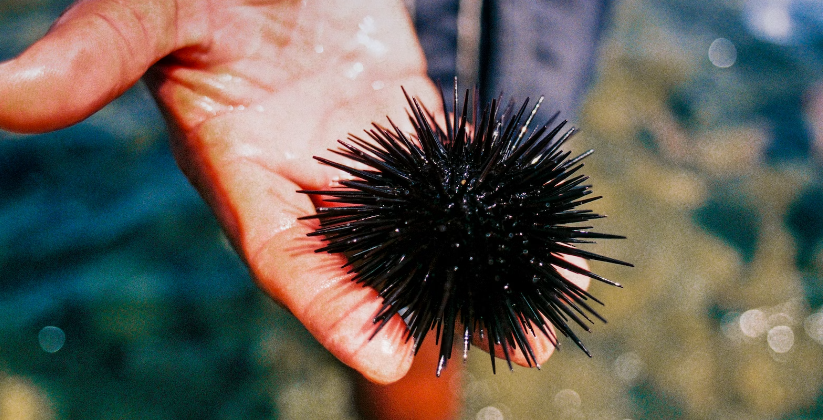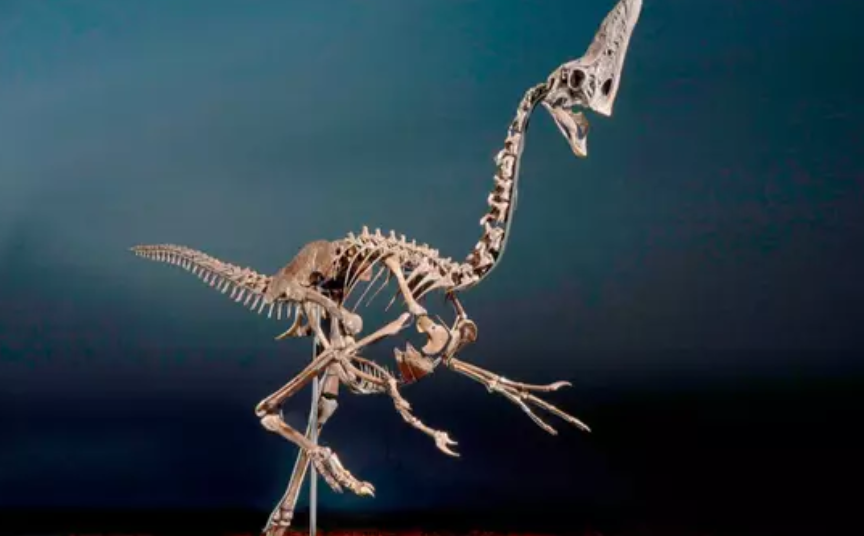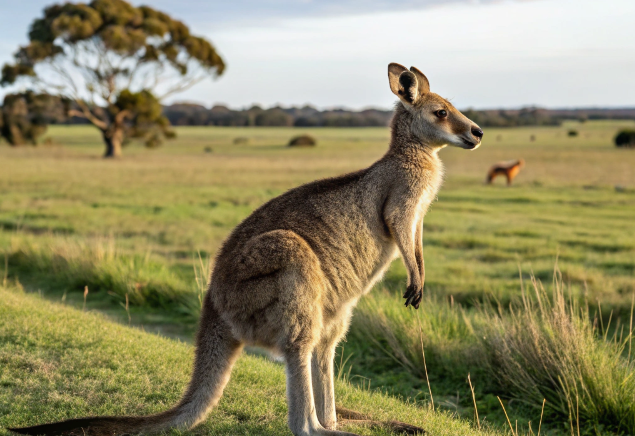The Sea Urchin: Sea Creature or a Kitchen Delicacy?

© Portuguese Gravity / Unsplash
Yes, you read that right. You can actually eat one of these spiky fellas! These little echinoderms might look like they are auditioning for a punk rock band with their sharp outfits, but beneath those intimidating spines lies a world of fascinating facts and quirky behaviors.
Not only are these sea urchins hard on the outside, but soft on the inside, but they are also eaten as a delicacy.
What Are Sea Urchins?
These creatures possess fascinating features, including a coiled gut, a five-toothed feeding apparatus known as Aristotle’s lantern, a network of nerves and hydraulic canals, and, notably, gonads, especially abundant during certain times of the year.
Sea urchins exhibit the characteristic five-way symmetry common to echinoderms, a group that includes starfish and sea cucumbers. Upon closer inspection, one can observe double rows of pores where hydraulic tube feet once extended, each ending in a small sucker that serves various functions such as anchoring the urchin to the seafloor, transferring food to the mouth, and arranging debris like gravel, shells, and seaweed for camouflage.
Sea Urchin Characteristics
In the spaces between the pores, there are white bumps known as tubercles. These bumps function as the “ball” component in ball-and-socket joints where individual spines are attached. These spines were capable of swiveling, providing defense mechanisms, or enabling the urchin to wedge itself into crevices. If you encounter a live urchin and analyze it closely (using a hand lens or even binoculars reversed), you’ll notice a third type of appendage. This is known as the globiferous pedicellariae. Each of these tiny pincer-like structures, mounted on slender stalks, can deliver a small dose of toxin. While you might experience a slight sting when handling a live urchin, our skin is generally too thick to be significantly affected by it.
What is Uni?
Uni is the edible part of a sea urchin. It is a sought-after delicacy often misunderstood as roe. Sea urchins, related to starfish and sea cucumbers, dwell in oceans and come in various species. Only 18 of these species being edible. They are commonly found in kelp beds along the Pacific coast, primarily consuming algae and serving as prey to sea otters.

The edible portion of uni is not the outer shell but the interior, specifically the sex organs that produce roe. Each sea urchin contains five sections of uni, resembling orange strips with a rich, mousse-like texture when consumed. Uni is considered an aphrodisiac and is relatively pricey, though not as much as truffles or caviar.
Is Eating Uni Ethical?
Since Sea Urchins are animals, eating Uni is completely unethical for vegans and vegetarians. However, for those who follow a plant-based diet for ethical reasons, it is important to note that sea urchins lack brains, which may influence your perspective. Additionally, pescatarians can feast on uni with no issue either.
So there you have it, the incredible world of sea urchins. Nature’s spiky enigmas bring both charm and mystery to the depths of our oceans. Have you ever encountered these quirky creatures?


